Home>Garden Essentials>When To Plant Ground Cover Seeds
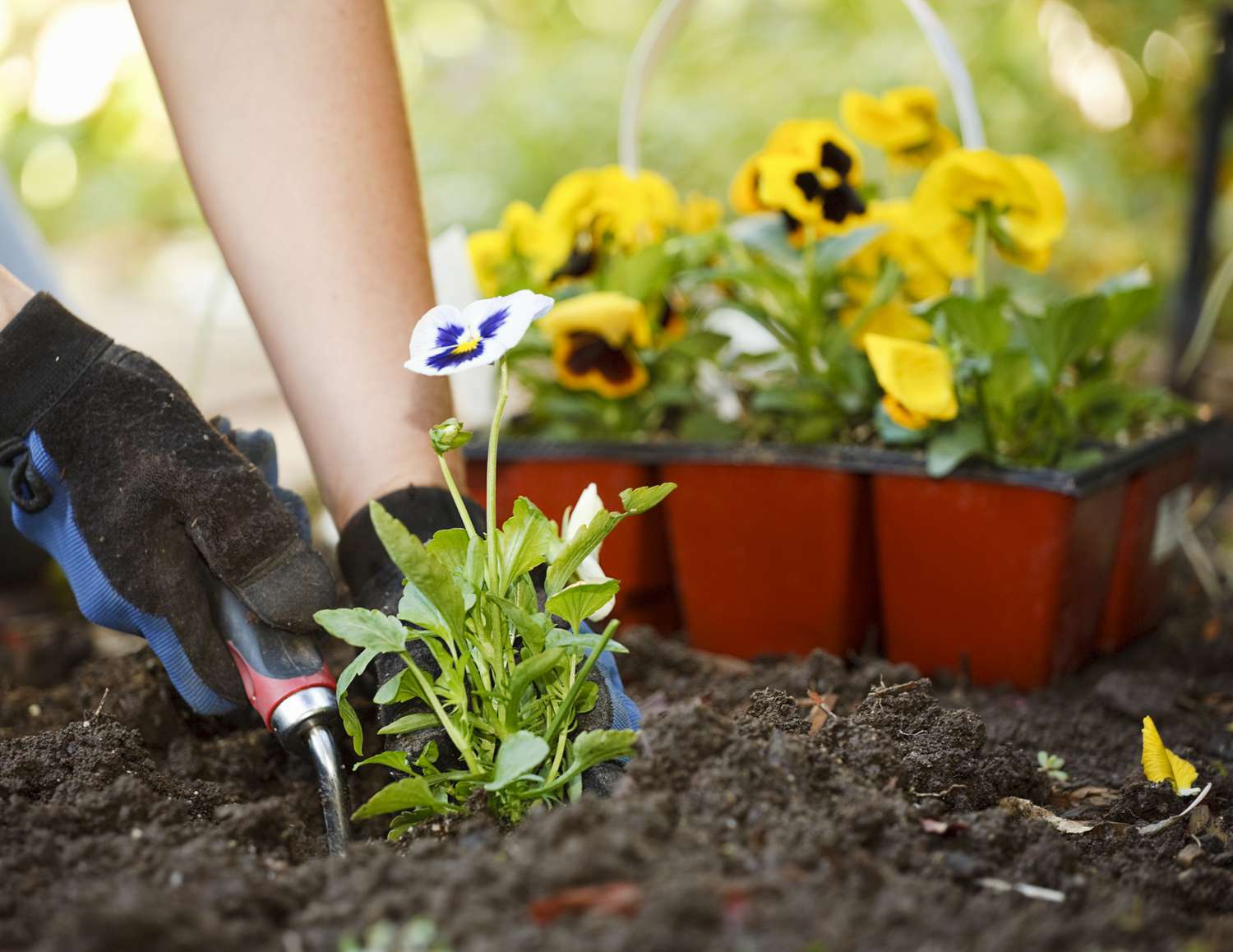

Garden Essentials
When To Plant Ground Cover Seeds
Modified: March 7, 2024
Discover the best time to plant ground cover seeds in your garden for a lush and vibrant landscape. Maximize your gardening success with this essential guide.
(Many of the links in this article redirect to a specific reviewed product. Your purchase of these products through affiliate links helps to generate commission for Storables.com, at no extra cost. Learn more)
Introduction
Gardening enthusiasts and homeowners looking to enhance the beauty of their outdoor spaces often turn to ground cover plants. These low growing plants not only add visual appeal, but they also serve practical purposes such as preventing soil erosion, suppressing weeds, and reducing maintenance requirements. One of the most popular and cost-effective ways to introduce ground cover plants to your garden is by planting ground cover seeds.
Whether you have a large garden or a small balcony, ground cover seeds offer a versatile and affordable option to create a lush and vibrant landscape. In this article, we will explore the benefits of using ground cover seeds, discuss the factors to consider before planting them, and provide practical tips for successful planting and maintenance.
By the end of this article, you will have a clear understanding of the optimal time to plant ground cover seeds and the steps needed to cultivate a stunning ground cover garden.
Key Takeaways:
- Plant ground cover seeds in spring or fall for erosion control, weed suppression, and low maintenance. Consider sunlight, soil type, and watering needs for successful growth.
- Care for ground cover plants with regular watering, mulching, pruning, and monitoring for pests. Enjoy the long-lasting benefits of a thriving ground cover garden.
Read more: When To Plant Ground Cover Plants
Benefits of Ground Cover Seeds
Ground cover plants offer several advantages for your garden and landscape. Here are some key benefits of using ground cover seeds:
- Erosion Control: One of the primary benefits of ground cover seeds is their ability to prevent soil erosion. These plants create a protective layer on the soil surface, reducing the impact of heavy rain and wind. This is particularly beneficial on sloped areas where soil erosion is a common problem.
- Weed Suppression: Ground cover seeds can act as a natural weed barrier, preventing the growth and spread of unwanted plants. The dense foliage and quick spreading nature of ground cover plants shade the soil, making it difficult for weeds to take root and grow.
- Water Conservation: Ground cover plants help conserve water by reducing evaporation from the soil surface. The foliage of these plants provides shade and insulation, keeping the soil moist for longer periods and reducing the need for frequent watering.
- Aesthetic Appeal: Ground cover plants add beauty and visual interest to your garden. They come in a variety of colors and textures, allowing you to create eye-catching patterns and combinations. Whether you prefer a carpet-like look or a more naturalistic appearance, ground cover plants offer endless possibilities for creative landscaping.
- Low Maintenance: Once established, ground cover plants require minimal maintenance. They typically have a dense growth habit, reducing the need for frequent pruning or mowing. Additionally, ground cover plants can help smother out weeds, reducing the need for manual weeding.
- Soil Enhancement: Ground cover plants improve soil health by adding organic matter and improving soil structure. Their roots help break up compacted soil, allowing better water infiltration and nutrient absorption. Over time, ground cover plants contribute to the overall fertility and health of the soil.
These are just a few of the many benefits that ground cover seeds offer. By incorporating them into your garden, you can create a beautiful and sustainable landscape that is both visually appealing and easy to maintain.
Factors to Consider Before Planting Ground Cover Seeds
Before you dive into planting ground cover seeds, there are several important factors to consider. These considerations will help ensure the success and longevity of your ground cover plants. Here are some key factors to keep in mind:
- Sunlight Requirements: Different ground cover plants have varying sunlight requirements. Some thrive in full sun while others prefer shade or partial shade. Before choosing your ground cover seeds, assess the sunlight conditions in your garden and select plants that are suited to that specific light level.
- Soil Type and pH: Ground cover plants have specific soil preferences. Some prefer well-drained soils, while others can tolerate clay or sandy soils. Additionally, certain ground cover plants thrive in acidic soils, while others prefer alkaline conditions. Understanding your soil type and pH levels will help you select the right plants for your garden.
- Climate Adaptability: Consider the climate in your region when choosing ground cover seeds. Some plants are better suited for colder climates, while others thrive in hot and dry conditions. Checking the hardiness zones and climate adaptability of your chosen ground cover plants will increase their chances of survival and growth.
- Watering Needs: Different ground cover plants have varying water requirements. Some are drought-tolerant and require minimal watering once established, while others need consistent moisture. Evaluate your watering capabilities and choose ground cover plants that align with your irrigation preferences.
- Growth Habit: Consider the growth habit and spread rate of the ground cover seeds you choose. Some ground cover plants spread quickly and may become invasive if not properly maintained. Others have a slow and controlled growth habit. Understanding the growth characteristics of your chosen plants will help you plan for adequate spacing and prevent overcrowding.
- Maintenance Requirements: Assess the level of maintenance you are willing to commit to. Some ground cover plants require regular pruning, while others are low-maintenance and only need occasional tidying up. Choose plants that align with your desired level of maintenance to ensure a hassle-free gardening experience.
Considering these factors before planting ground cover seeds will help you select the right plants for your garden and provide them with the ideal growing conditions. By doing so, you can create a thriving and visually stunning ground cover landscape that enhances the overall beauty of your outdoor space.
Ideal Time to Plant Ground Cover Seeds
The timing of planting ground cover seeds is crucial for their successful establishment and growth. While it may vary depending on the specific plant species and your region’s climate, there are some general guidelines to keep in mind when determining the ideal time to plant ground cover seeds.
In most regions, the best time to plant ground cover seeds is during the spring or fall seasons. These seasons provide optimal weather conditions for seed germination and root development. Spring planting allows ground cover seeds to take advantage of warmer temperatures and longer daylight hours, while fall planting gives the plants a head start in establishing strong root systems before the arrival of winter.
Before planting ground cover seeds, it’s important to consider the average last frost date in your region. Frost can cause damage to newly planted seeds and seedlings, so make sure to wait until the risk of frost has passed. Additionally, monitor the soil temperature to ensure it reaches the appropriate range for seed germination.
Some ground cover plants have specific preferences when it comes to planting time. For example, warm-season ground cover seeds like creeping thyme or phlox are best planted in the spring after the soil has warmed up. On the other hand, cool-season ground cover seeds like creeping wintergreen or coral bells can be planted in the fall for spring emergence.
It’s important to note that ground cover seeds may require a period of cold stratification to break dormancy and promote germination. This can be achieved by placing the seeds in a plastic bag with moist soil or sand and refrigerating them for a specific period of time, as indicated on the seed packet.
When planting ground cover seeds, prepare the soil by loosening it and removing any weeds or debris. Sow the seeds according to the instructions on the seed packet, ensuring proper spacing between them. Cover the seeds lightly with soil, water gently, and keep the soil consistently moist until germination occurs.
By planting ground cover seeds at the ideal time and providing them with the necessary care and conditions, you can establish a strong and healthy ground cover that will thrive and enhance your garden throughout the seasons.
Plant ground cover seeds in the spring or fall for best results. Make sure the soil is well-drained and prepare the area by removing any weeds and loosening the soil. Keep the seeds moist until they germinate.
Tips for Planting Ground Cover Seeds
Planting ground cover seeds requires careful preparation and attention to detail. Here are some tips to help you successfully sow and establish your ground cover plants:
- Prepare the Soil: Before planting, prepare the soil by removing any weeds, rocks, or debris. Loosen the soil with a garden fork or tiller to ensure adequate drainage and root penetration. If needed, amend the soil with organic matter to improve its fertility and structure.
- Choose Quality Seeds: Select high-quality ground cover seeds from reputable sources. Ensure that the seeds are fresh and haven’t expired. Read the seed packet for specific planting instructions and recommendations for each type of ground cover plant.
- Seed Stratification: Some ground cover seeds may require a period of cold stratification to break dormancy and improve germination rates. Follow the instructions on the seed packet for any recommended stratification method, such as refrigerating the seeds for a specific period of time.
- Proper Spacing: Pay attention to the recommended spacing guidelines for the particular ground cover seeds you are planting. Proper spacing ensures adequate air circulation and prevents overcrowding, which can lead to poor growth and increased competition for resources.
- Sow Seeds at the Right Depth: Different ground cover seeds have varying requirements for sowing depth. As a general rule, sow smaller seeds closer to the surface and larger seeds deeper in the soil. Follow the instructions on the seed packet for the optimal sowing depth.
- Watering: Keep the soil consistently moist after sowing the ground cover seeds. Avoid over-watering, as it can lead to fungal diseases and poor germination. Use a gentle misting spray or a soaker hose to water the seeds and seedlings, ensuring even moisture distribution.
- Patience and Regular Monitoring: Remember that ground cover plants take time to establish and grow. Be patient and avoid disturbing the soil or seedlings excessively. Regularly monitor the moisture levels, weeds, and any signs of pests or diseases. Promptly address any issues that arise to ensure the healthy development of your ground cover plants.
- Mulching: Consider applying a layer of organic mulch around the seedlings once they have emerged. Mulch helps conserve moisture, suppress weeds, and regulate soil temperature. However, make sure not to bury the seedlings too deeply under the mulch.
- Maintenance: As your ground cover plants mature, proper maintenance is essential. Regularly prune or trim back the plants to promote fullness and prevent them from becoming invasive. Remove any weeds that may compete with the ground cover plants for nutrients and water.
By following these tips and providing the necessary care and attention, you can ensure the successful establishment and growth of your ground cover seeds. Enjoy the process of watching your ground cover plants flourish and transform your garden into a beautiful and sustainable landscape.
Read more: When To Plant Ground Cover In Texas
Selecting the Right Ground Cover Seeds for Your Space
Choosing the right ground cover seeds for your space is crucial to ensure the success and long-term satisfaction of your garden. Here are some factors to consider when selecting ground cover seeds:
- Growing Conditions: Evaluate the growing conditions in your garden, including sunlight exposure, soil type, and moisture levels. Different ground cover plants have specific requirements, so choose seeds that are compatible with your space’s conditions.
- Functionality: Consider the purpose you want your ground cover plants to serve. Do you need erosion control, weed suppression, or simply visual appeal? Select seeds that will fulfill the desired functionality and meet your specific needs.
- Height and Spread: Determine the height and spread you want your ground cover plants to have. Some species stay low to the ground, while others can grow taller and provide more coverage. Take into account the available space and the desired aesthetic effect.
- Color and Texture: Ground cover plants come in a variety of colors and textures. Choose seeds that harmonize with the overall color scheme of your garden and complement the surrounding plants. Consider the texture of the leaves or flowers and how it will contribute to the visual interest of your space.
- Native Plants: Consider using native ground cover seeds as they are often well adapted to the local climate and require less maintenance. Native plants also provide habitat for local wildlife and contribute to biodiversity in your area.
- Invasive Potential: Research the potential invasiveness of the ground cover plants you are considering. Some species may have aggressive growth habits and can become invasive, outcompeting native plants. Choose non-invasive varieties to prevent any future ecological issues.
- Seasonal Interest: Some ground cover plants offer additional seasonal interest with attractive foliage, flowers, or fruits. Consider selecting seeds that will provide visual appeal throughout the year, whether it’s through vibrant colors in the fall or evergreen foliage in the winter.
- Maintenance Level: Assess the level of maintenance you are willing to commit to. Some ground cover plants may require regular pruning, fertilizing, or watering, while others are more low-maintenance. Choose seeds that align with your desired level of care and maintenance.
- Availability: Check the availability of the ground cover seeds you’re interested in. Look for reputable nurseries or online stores that offer a wide variety of high-quality seeds. If possible, choose locally sourced seeds for better adaptability to your specific region.
By carefully considering these factors, you can select the right ground cover seeds that will thrive in your space and meet your desired goals. Remember to plan ahead, visualize the end result, and enjoy the process of transforming your outdoor space with a beautiful and functional ground cover garden.
Maintaining and Caring for Ground Cover Plants
Once your ground cover plants have been established, it’s important to provide them with proper care and maintenance to ensure their continued health and beauty. Here are some tips for maintaining and caring for your ground cover plants:
- Watering: Water your ground cover plants regularly, especially during dry spells. Deep watering is preferable to shallow watering as it encourages deep root growth. However, be careful not to overwater, as excessive moisture can lead to root rot and other problems.
- Mulching: Apply a layer of organic mulch around your ground cover plants to help retain moisture, suppress weeds, and regulate soil temperature. Mulching also contributes to soil fertility as it breaks down over time.
- Pruning: Regularly prune your ground cover plants to maintain their shape and promote denser growth. Remove any dead or diseased foliage, as well as any overgrown or straggly branches. This will enhance the overall appearance of your plants and prevent them from becoming leggy or tangled.
- Fertilizing: Some ground cover plants benefit from regular fertilization to promote healthy growth. Use a slow-release, balanced fertilizer specifically formulated for ground cover plants. Follow the instructions on the fertilizer package and avoid over-fertilizing, as this can lead to excessive foliage growth at the expense of flowering.
- Weed Control: To prevent weeds from competing with your ground cover plants, regularly remove any weeds that appear. Ensure thorough weed removal, including the roots, to prevent them from regrowing. Applying a pre-emergent herbicide in early spring can also help prevent weed growth.
- Pest and Disease Management: Monitor your ground cover plants regularly for any signs of pests or diseases. Common pests that can affect ground cover plants include aphids, slugs, and snails. If a pest problem arises, use appropriate organic pest control methods or consult a professional if needed.
- Division and Propagation: Depending on the growth habit of your ground cover plants, they may benefit from periodic division or propagation. This helps rejuvenate and maintain their health. Follow proper techniques for dividing or propagating each specific plant species.
- Seasonal Cleanup: Conduct seasonal cleanup to remove any accumulated debris, fallen leaves, or dead plant material. Cleaning up your ground cover plants ensures proper airflow and reduces the risk of pests and diseases.
- Regular Monitoring: Continuously monitor the overall health and appearance of your ground cover plants. Keep an eye out for any changes, such as discoloration, wilting, or stunted growth. Promptly address any issues to prevent further damage and preserve the vitality of your plants.
By following these maintenance and care guidelines, you can ensure the long-term success of your ground cover plants. Regular attention and proper care will help your ground cover plants thrive, allowing them to fulfill their purpose in providing beauty, functionality, and sustainability to your garden.
Conclusion
Ground cover plants can transform your outdoor space, providing both beauty and functionality. Planting ground cover seeds is an affordable and versatile way to introduce these low-growing plants to your garden. By considering factors such as sunlight, soil type, and climate adaptability, you can select the right ground cover seeds for your space.
Ground cover seeds offer numerous benefits, including erosion control, weed suppression, water conservation, and improved soil health. They require careful attention to planting timing, spacing, and watering to ensure successful establishment and growth. Following the tips for planting ground cover seeds, such as proper soil preparation, selecting quality seeds, and providing adequate care, will set you on the path to a thriving ground cover garden.
Maintaining and caring for your ground cover plants is crucial to their continued health and beauty. Regular watering, mulching, pruning, and fertilizing will help your plants thrive. Remember to monitor for pests and diseases, and promptly address any issues that arise. With proper attention and seasonal cleanup, you can enjoy the long-lasting benefits of your ground cover plants for years to come.
In conclusion, ground cover seeds offer a multitude of benefits for your garden. They enhance the aesthetic appeal, provide practical advantages such as erosion control and weed suppression, and require minimal maintenance once established. By selecting the right ground cover seeds for your specific space, planting them at the ideal time, and providing proper care, you can create a stunning and sustainable ground cover landscape. So, roll up your sleeves, gather your seeds, and embark on a journey to transform your outdoor space with the beauty and functionality of ground cover plants.
Frequently Asked Questions about When To Plant Ground Cover Seeds
Was this page helpful?
At Storables.com, we guarantee accurate and reliable information. Our content, validated by Expert Board Contributors, is crafted following stringent Editorial Policies. We're committed to providing you with well-researched, expert-backed insights for all your informational needs.
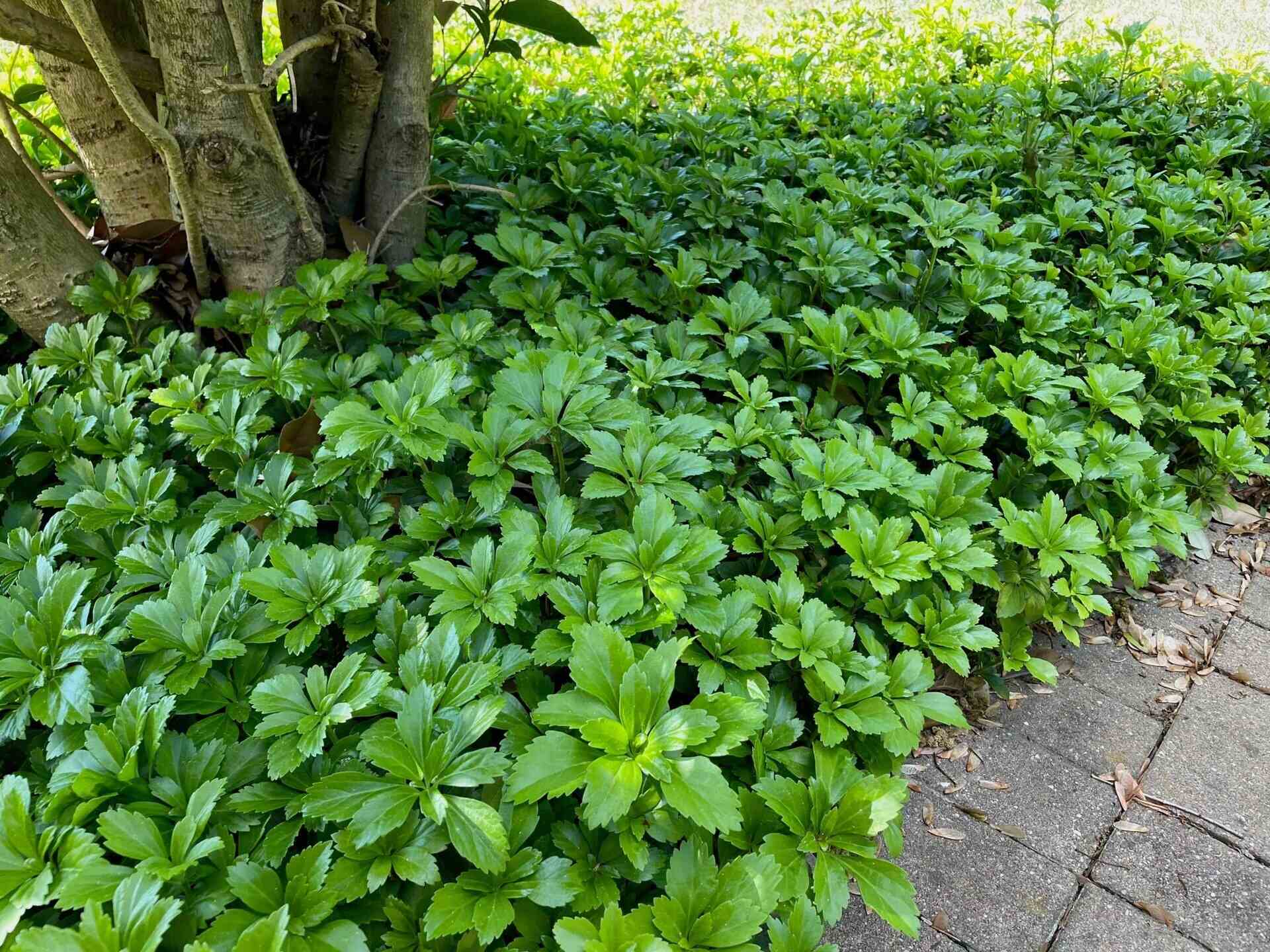
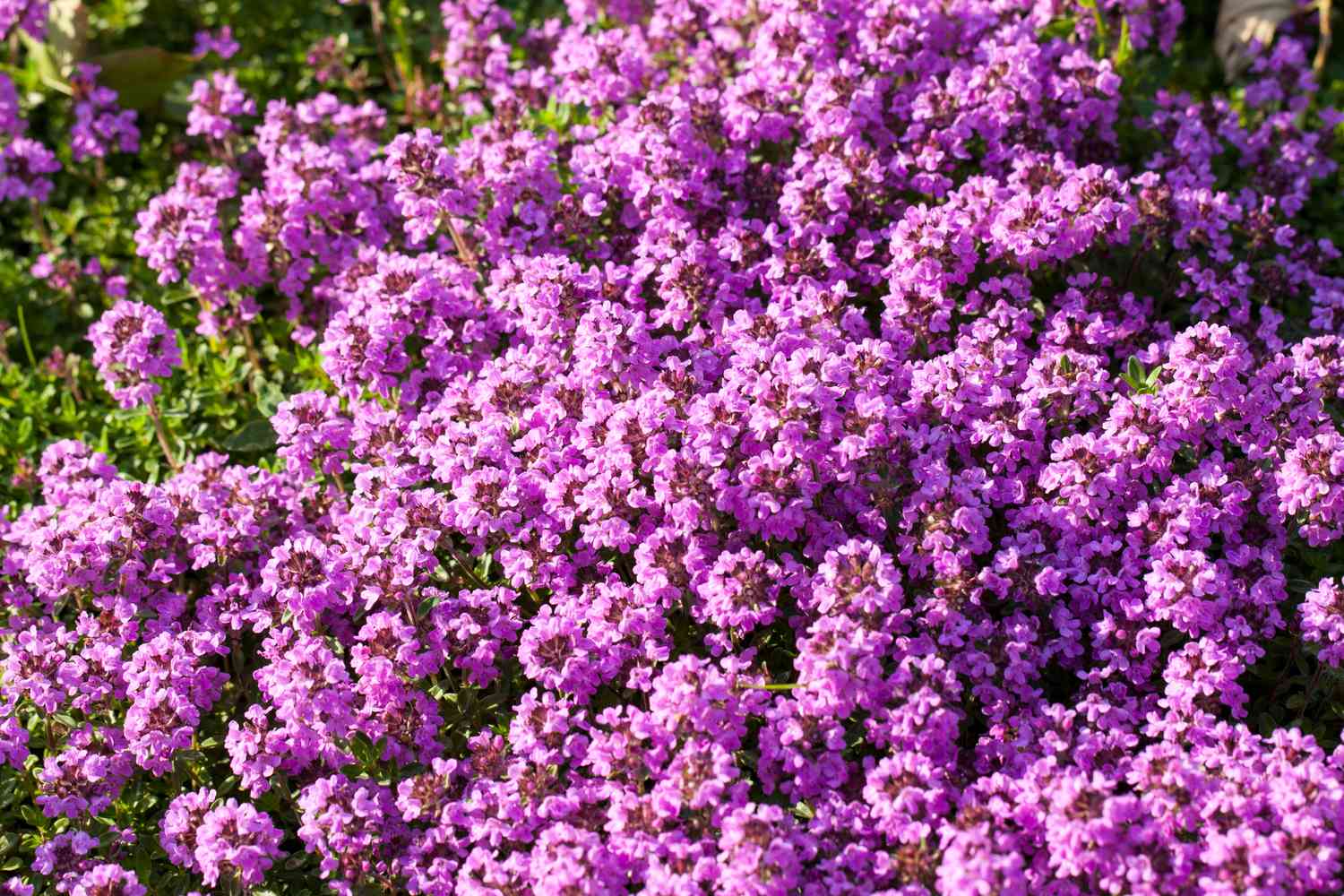


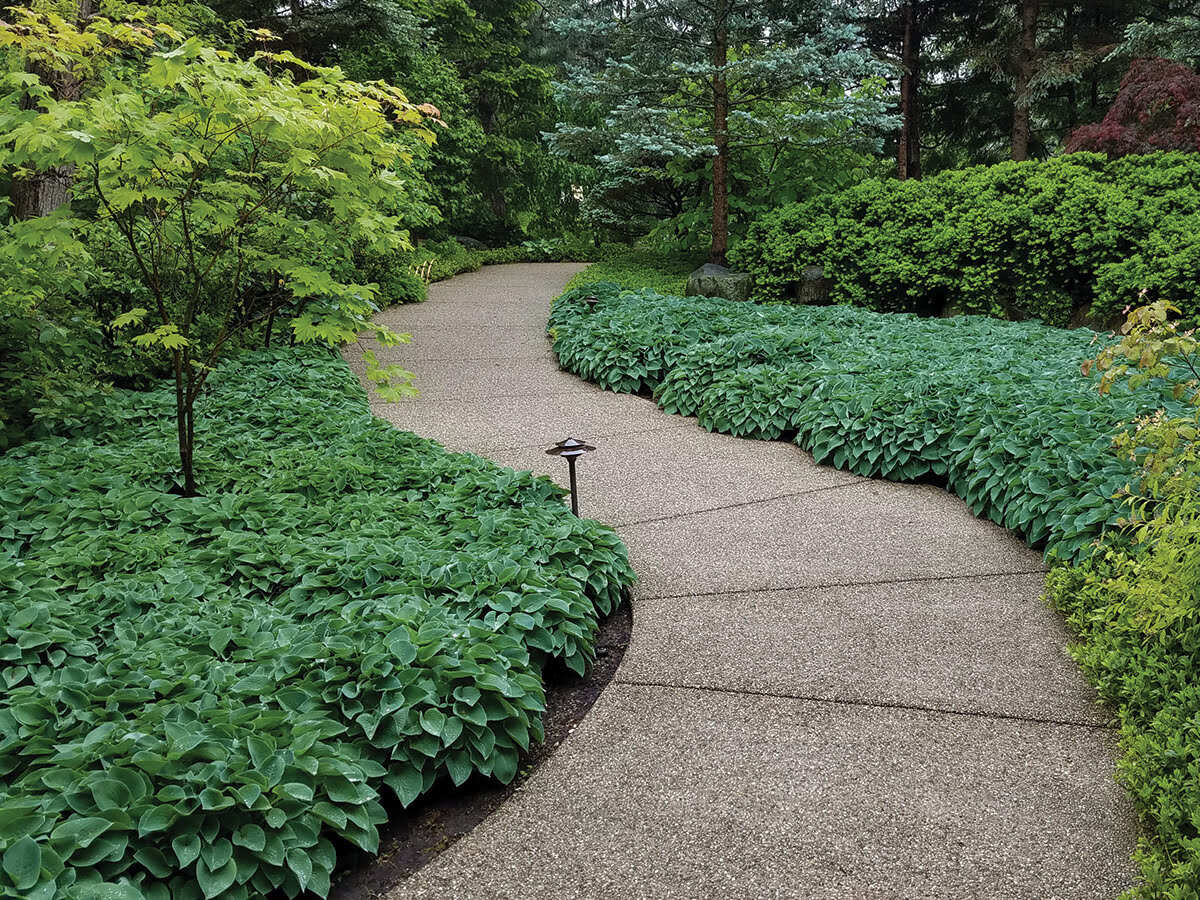
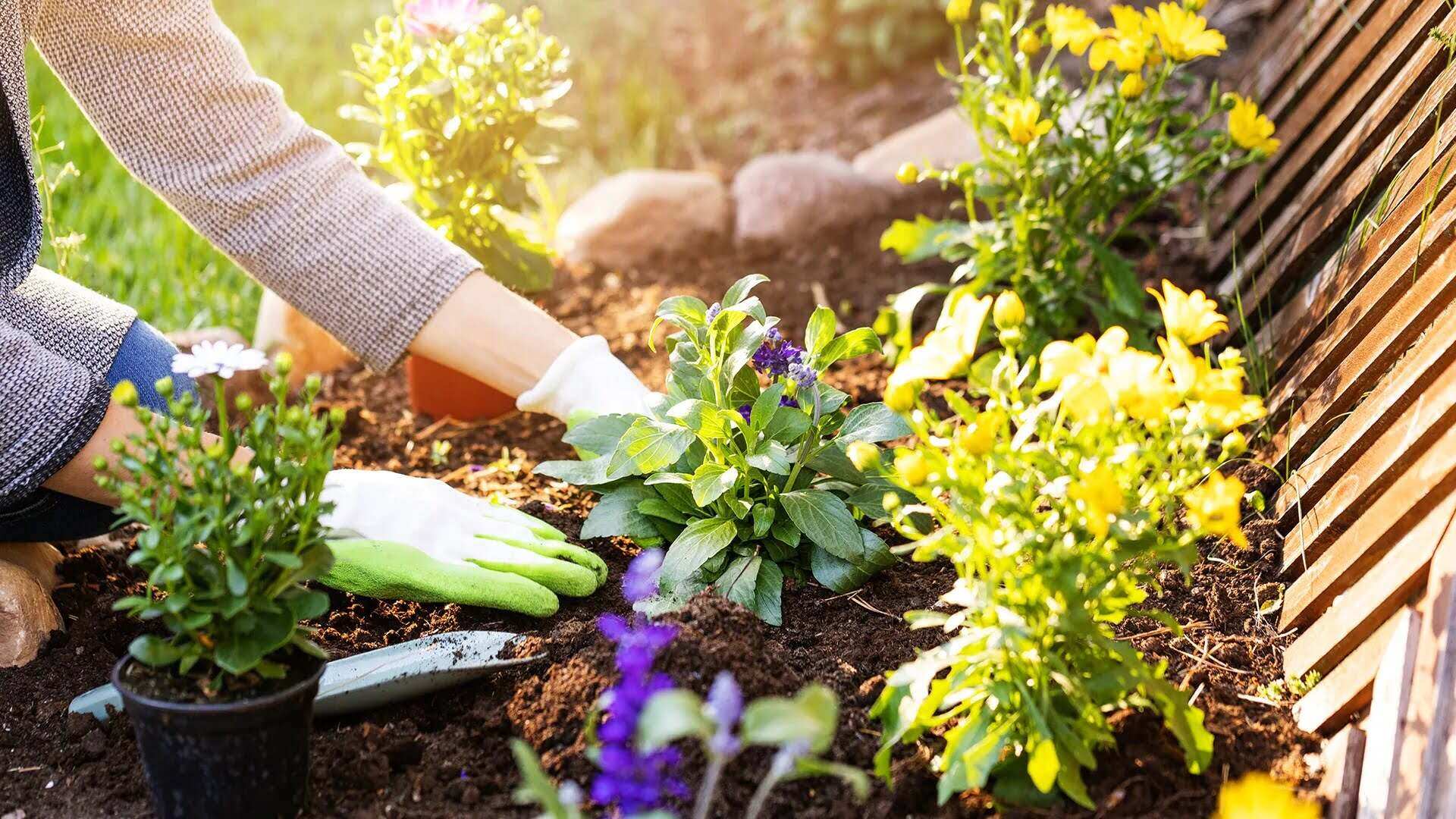
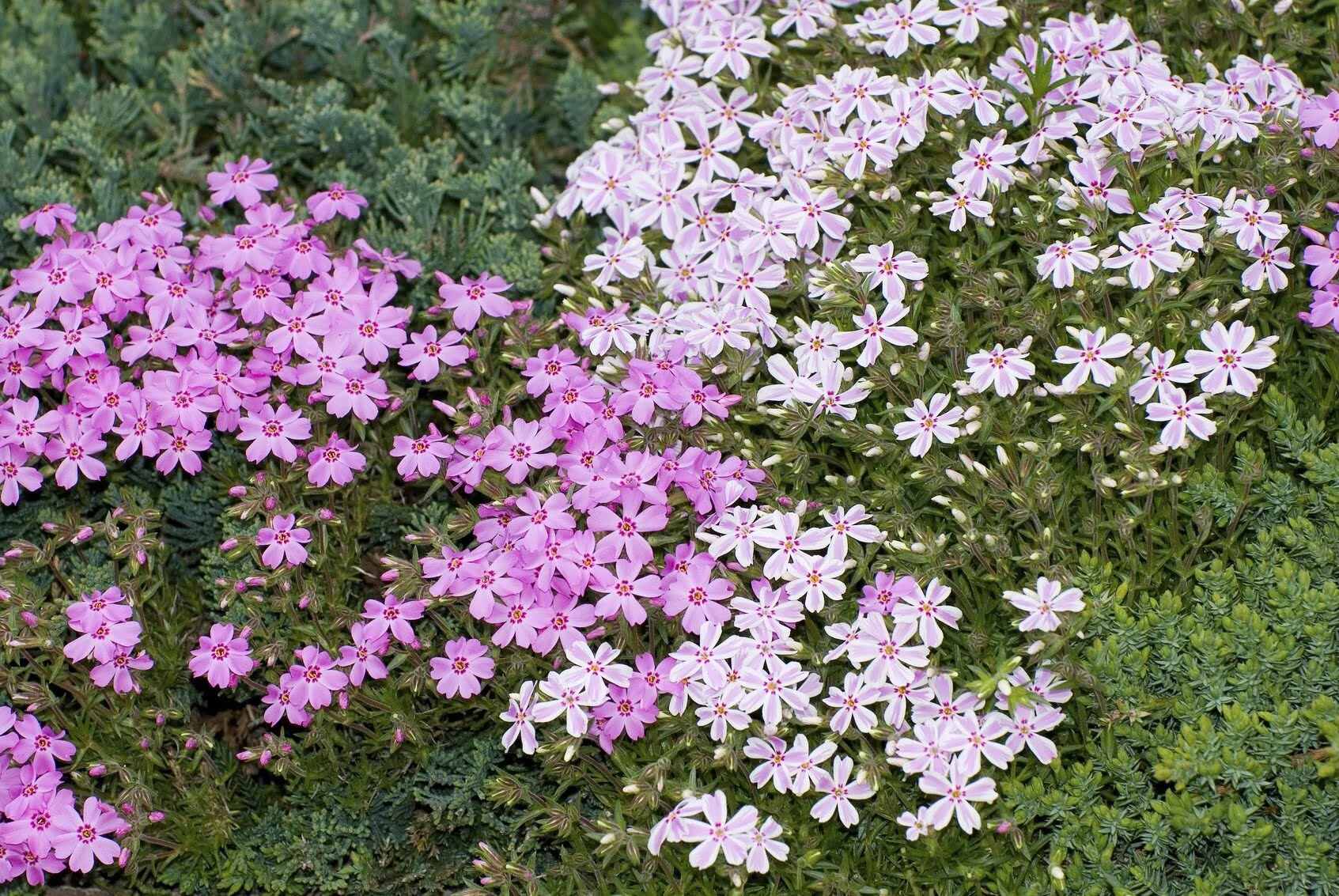

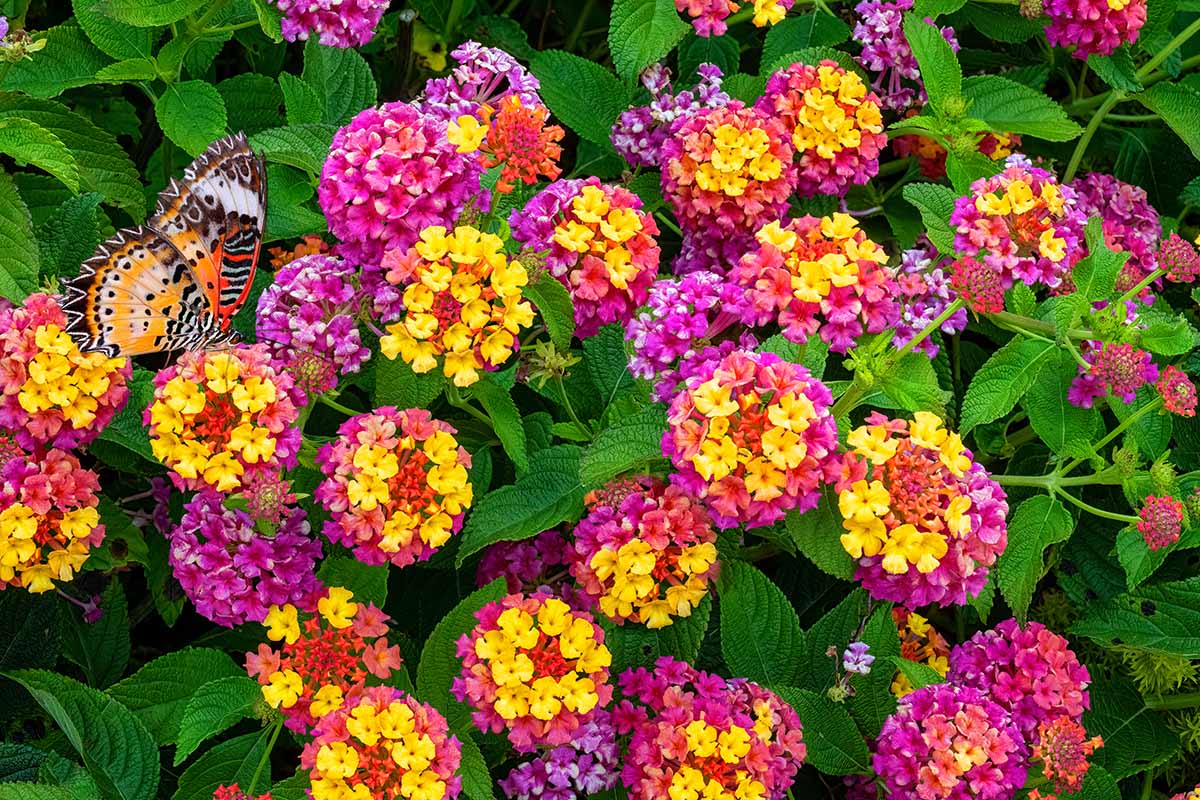
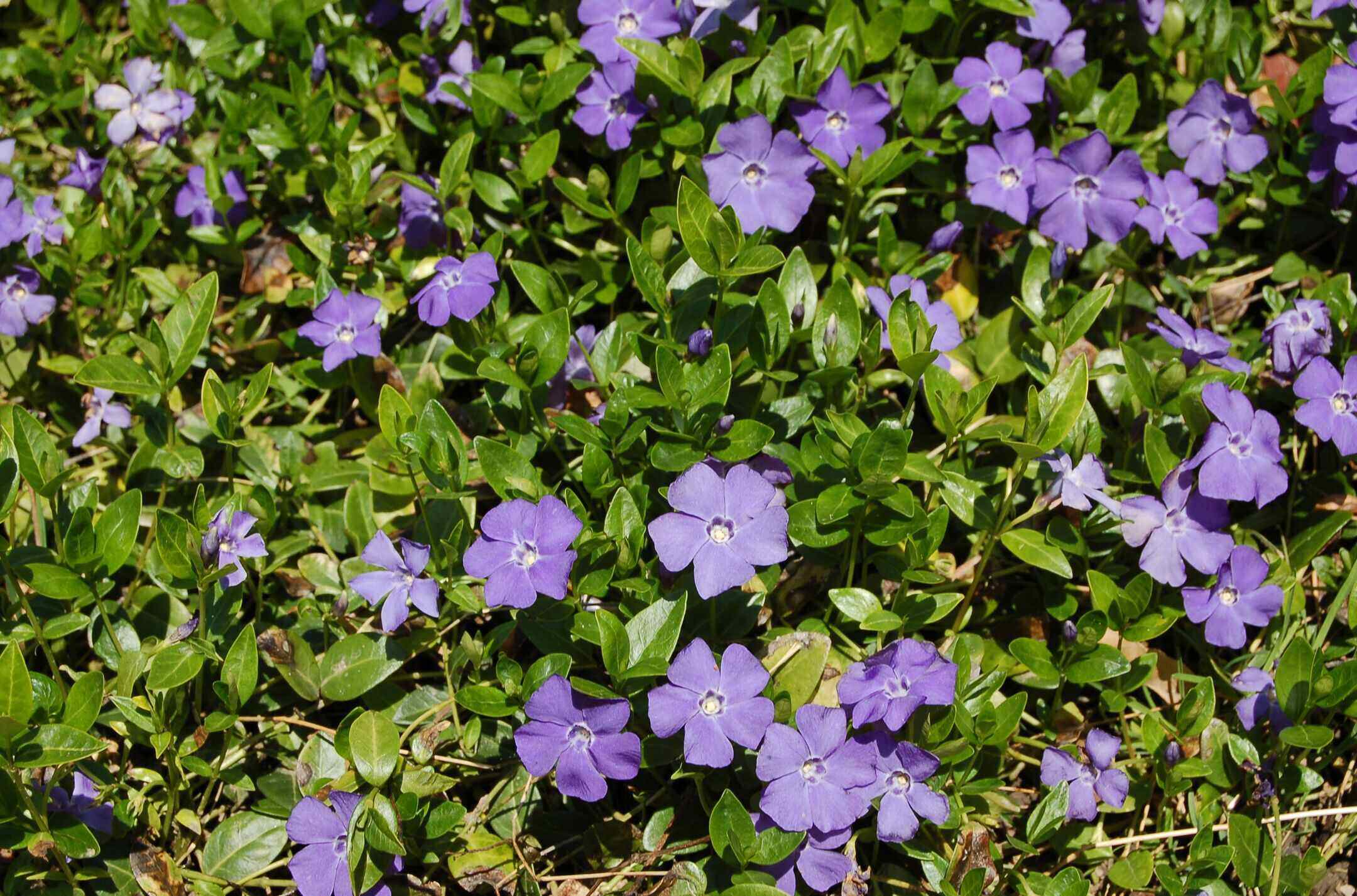
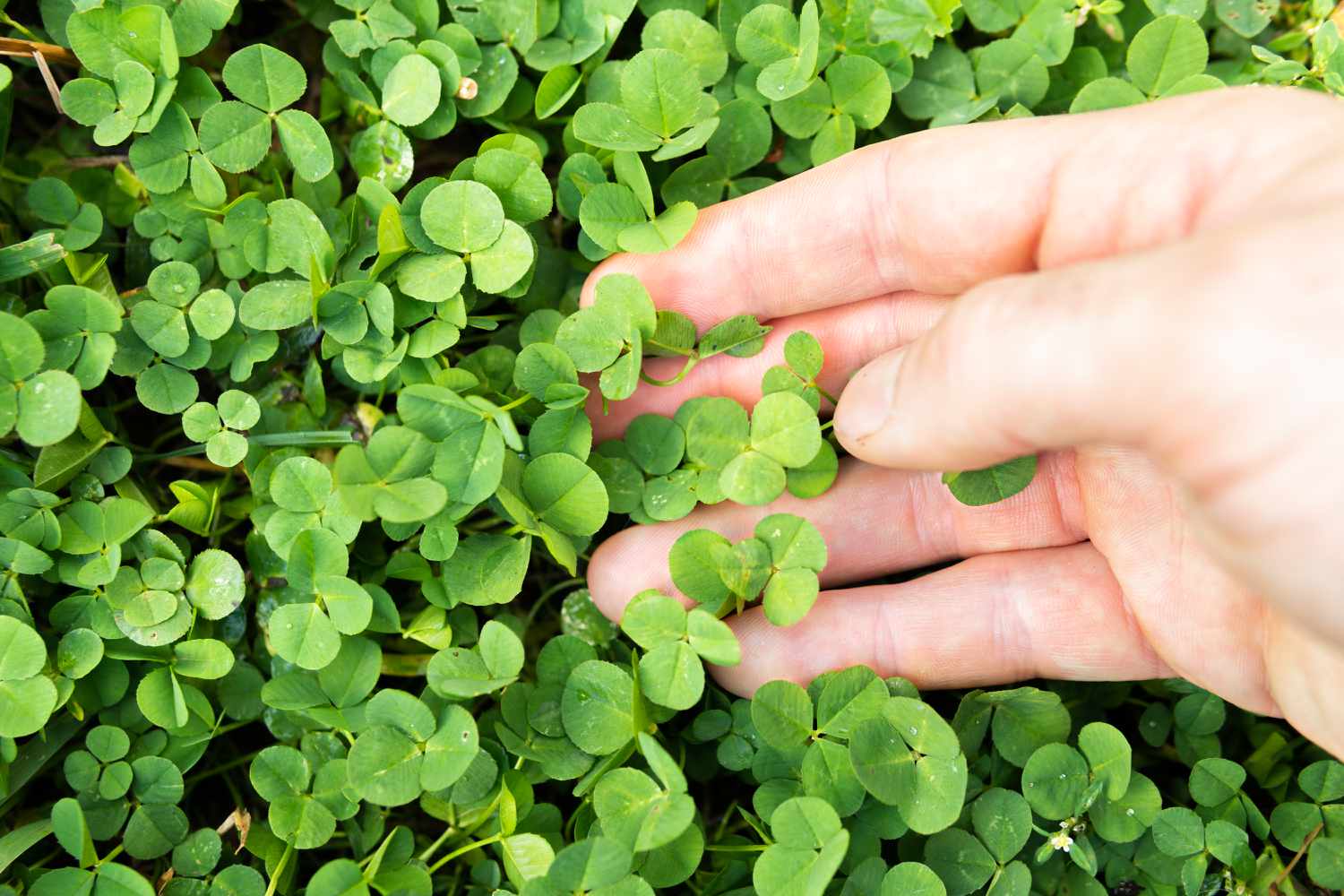
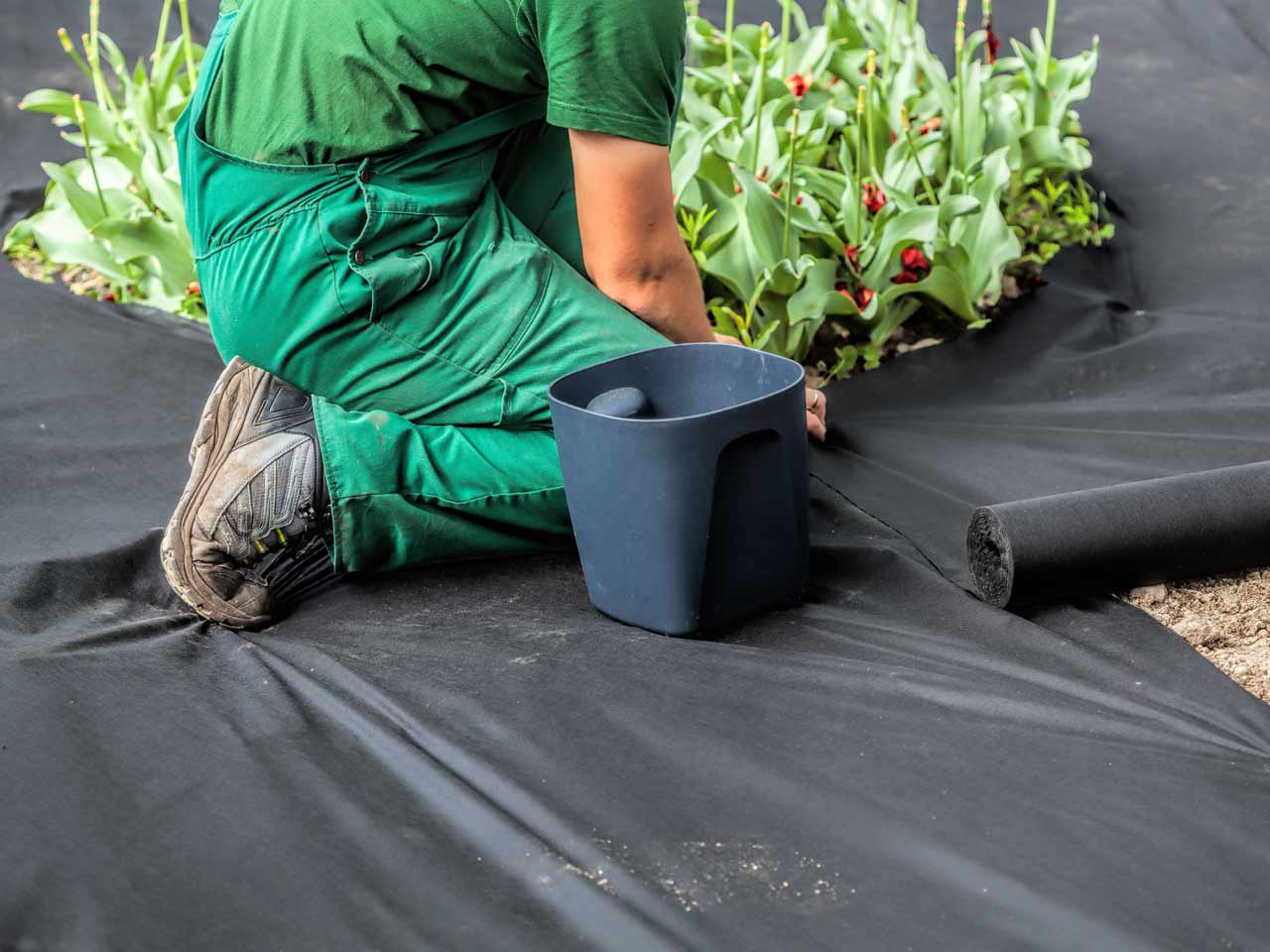
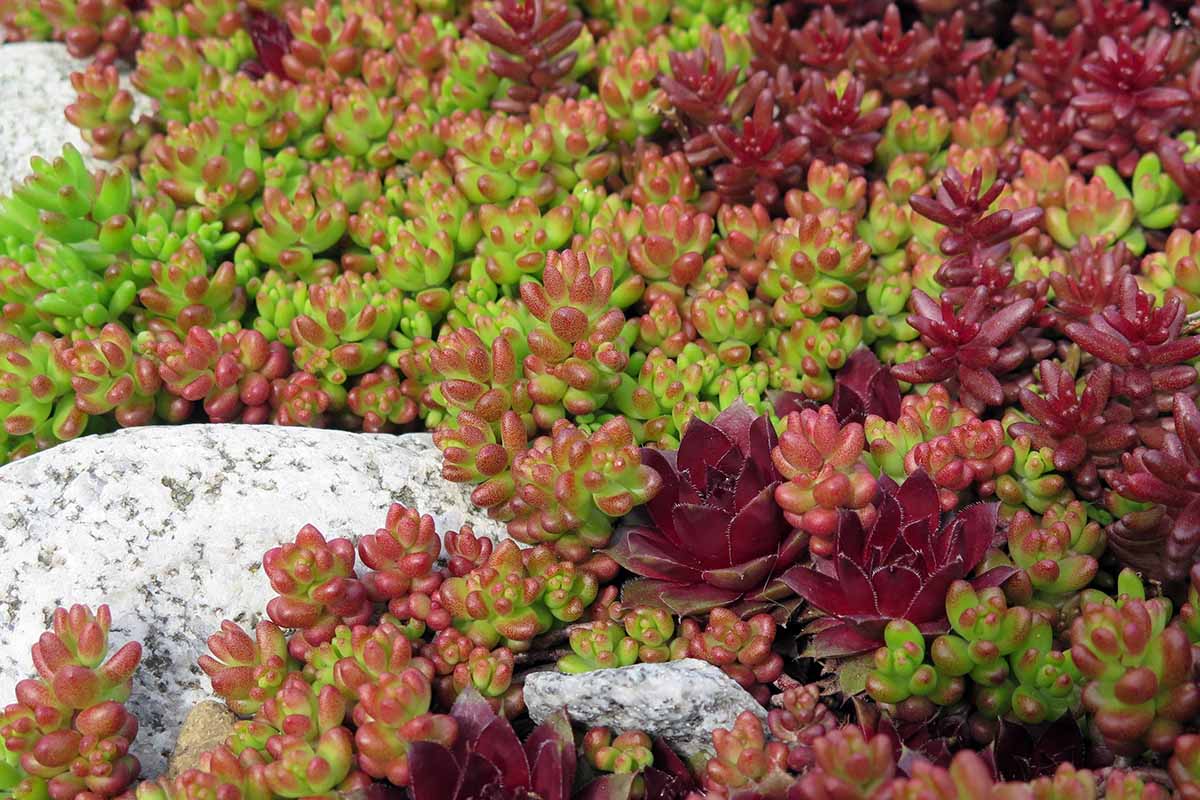
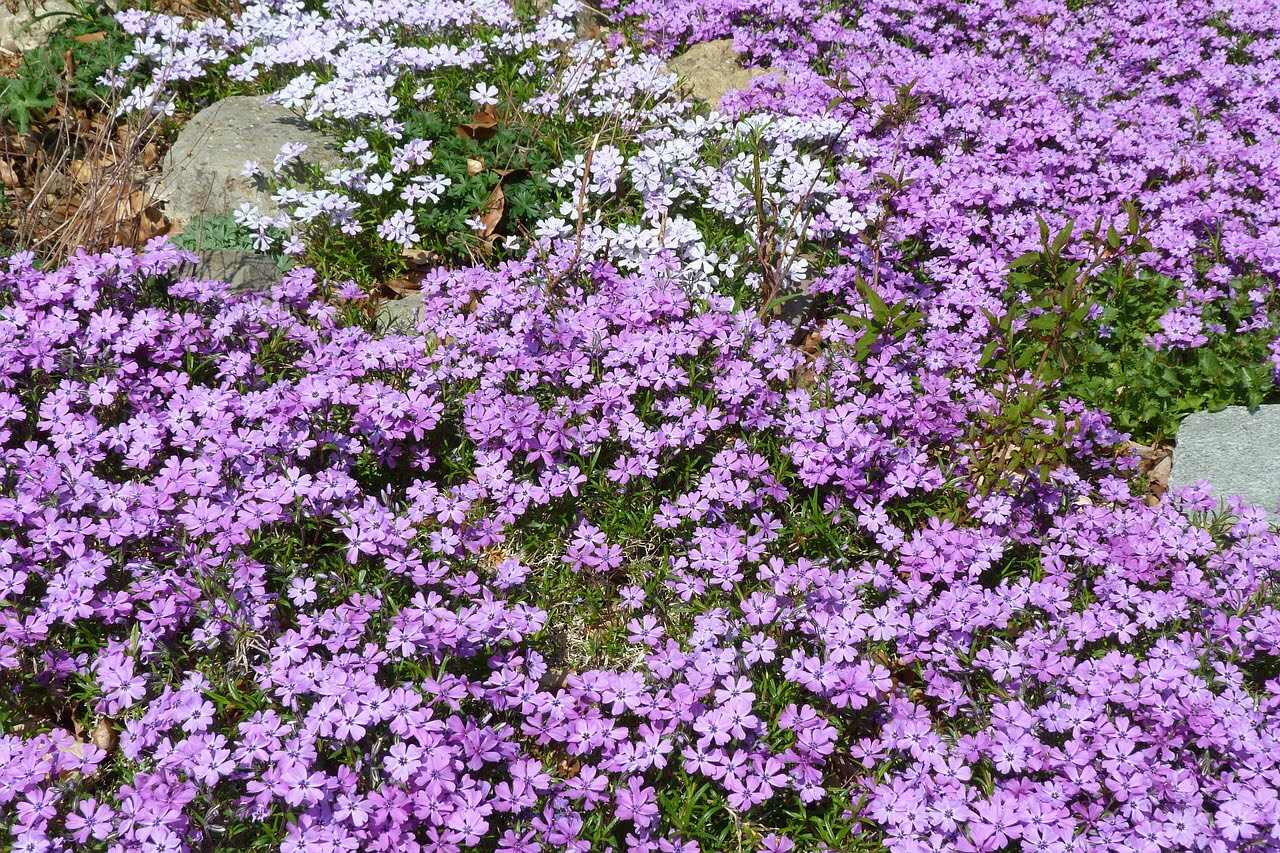

0 thoughts on “When To Plant Ground Cover Seeds”